Anatomy, Articles, In the Press, Resources, Yoga Medicine® News
Why Some Poses Never Seem to Get Easier: The Answer is in Your Bones
By Lynne Olsen for Yoga U.
Looking around a yoga class, you’ll probably notice that everyone’s poses look a bit different. Some of those variations are due to differences in tissue tightness. Someone with restrictions in their hamstrings might have deeply bent knees or a rounded back in Downward Facing Dog Pose (Adho Mukha Svanasana). Someone with more supple hamstrings will likely have straight legs and spine. We know that with time and practice, soft tissue becomes more supple and poses change. But what about those poses that don’t ever seem to change no matter how much time you’ve dedicated to your practice? Enter the role of your bone structure!
If you’re the student whose knees stick up when you sit in Bound Angle Pose (Baddha Konasana), or the teacher who can’t seem to get your student to straighten his arms in Downward Facing Dog Pose, read on.
How Our Skeletal Structures Vary
The shape, size, twist, and orientation of your bones greatly influences how they interact with one another and, as a result, how you move. For example, your hip bones, or ilia, contain a socket called the acetabulum. The acetabulum is where the ball of your thigh bone, or femur, inserts to form the “ball and socket” joint.
In some people, the acetabulum is directed forward, while in others, it points sideways. It can also be pointed downward, horizontally, or upward and can vary in depth.
Photo used with permission from Paul Grilley.com/bones
How Bony Structure Affects Range of Motion
Let’s imagine two students. Jill’s hip sockets are deep and face forward. Jack’s are a bit more shallow and oriented outward. Now imagine that both students are sitting in Cross-Legged Pose, a.k.a. Easy Pose (Sukhasana), on the floor.
This pose will be a lot of work for someone like Jill, whose hip sockets point forward. As she struggles to sit upright, she might be pretty miserable here. Then imagine that the teacher calls this “easy pose,” and you can bet that you’ll never see Jill on a yoga mat again.
On the other hand, Jack is literally built for this pose. His hip sockets point sideways, making it much easier for him to send his legs wide unless soft tissue limits the movement.
Examples like this one are numerous. Imagine the student who never straightens his arms in Downward Facing Dog Pose. The ability to fully straighten your arms is determined mainly by the interaction of the upper arm bone (humerus) with one of the lower arm bones (the ulna on the pinky side). The interaction of these bones will determine if you extend your arms perfectly straight, can’t straighten your arms, or easily extend past straight.
Soft Tissue or Bony Structure? How to Determine Where the Restrictions Lie
So how do we, students or teachers, know if we’re experiencing a bony or soft-tissue limitation? To a large extent, the answer is in how it feels. If the end of your range of motion feels like stretch or tension, it’s probably a soft tissue limitation that will change with stretching and Myofascial Release. If the sensation feels like pinching, it’s likely a bony limitation.
As yoga practitioners and teachers, it’s important to acknowledge that stretching isn’t going to change everything about how we move and that forcing ourselves or our students into certain poses can be injurious.
Yoga poses should look different in different bodies because bodies are different. For students who struggle in certain poses, it can be liberating, comforting, and freeing to hear that sometimes, no amount of stretching will make those poses easy. Once we begin to acknowledge this reality, we empower ourselves and our students to embrace what we’ve got. Hopefully, no one will ever feel “bad at yoga” again.

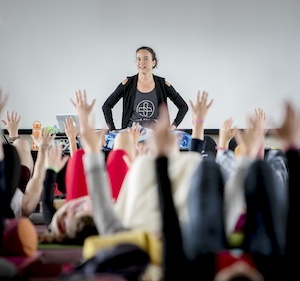


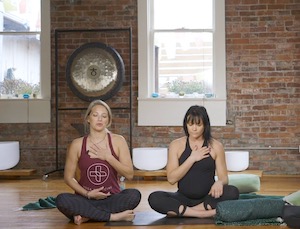
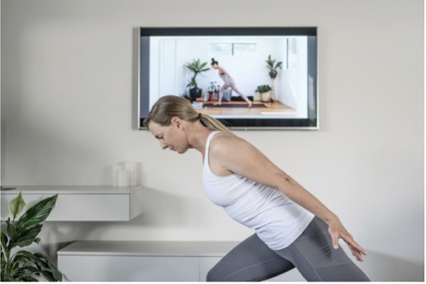
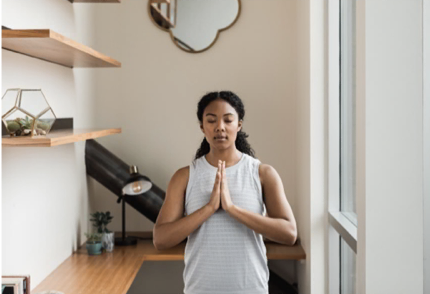

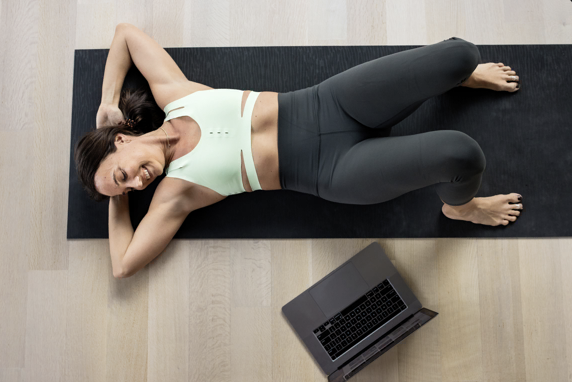


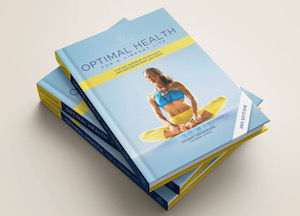
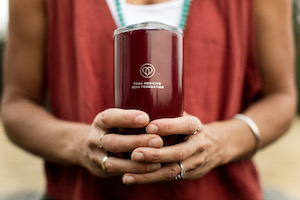





Loved this article!
Hi Patti. I’m so glad to hear that you appreciated it! Thank you.